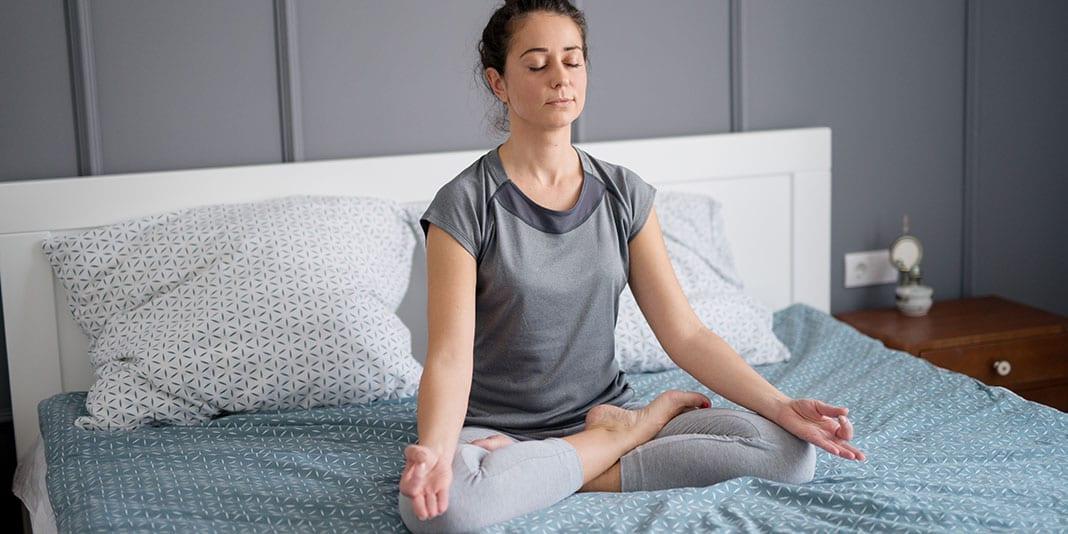I admit that I make my living off making the simple seem complex. You want to be fit? Well, I’m happy to discuss the ins and outs of muscle development, weight loss, aerobic capacity, metabolism, aspects of human performance… you get it. Just mention a fitness or performance goal, and we’ll talk about what specific exercises, how many reps and sets, how much resistance, how many times per week, the length of rest between sets and what speeds are optimal to achieve the goal.MORE: We Bust Common Workout ExcusesBut truth be told, unless you’re training for the Olympics or you’re a professional athlete, it really doesn’t matter if you do three sets of 12 or four sets of 10. It doesn’t matter if you pedal at 55 rpms with a resistance of five or at 70 rpms with a resistance of three. It doesn’t matter if you rest 30 or 45 seconds between sets. For 95 percent of the population, the differences in the results just aren’t big enough to justify the time and effort spent in learning, planning and executing rather than in moving or participating in other productive endeavors.
Help Our Reader!
“I recently had back surgery and am looking for stomach tightening exercises so I can get back in shape and lose my belly fat.”Got a suggestion? Share Your Advice on YouTalk
Like so many other things in life, the best exercise routines are often the most simple. They may seem rather bland in today’s glamorous era of aerial yoga, extreme sports, high-intensity training and touch screen cardio equipment, but retro is still “in” when it comes to staying fit.For 95 percent of you, the following bare bones workout will keep you fit and strong: push exercises, pull exercises, a squat or lunge sequence and walking or running for at least 15 to 30 minutes (15 minutes if you’re running, 30 minutes if you’re walking).That’s it. Add to this a basically active lifestyle, such as recreational sports, house or yard work and running around with the kids, and you’re in good shape.MORE: The Least Amount of Exercise You Can Do and Still Be Healthy
 |
Push ExercisesThese condition and strengthen the entire front of the body including chest, shoulders, abdominals and quads, as well as the triceps in the arms.The most basic and simple push exercise is the push-up. You can use any number of variations on the push-up. From very easy to gradually more difficult, here are some options: the wall push-up, counter-top push-up, push-up with knees on the floor, standard push-up, push-up with one leg elevated off the floor, plyometric push-up (push up quickly enough that hands briefly lift off the floor) and one-arm push-up. Additional push exercises include a standing chest press (with a cable or tubing) or an overhead press with free weights. You can stick with the push-up, or you can choose one of these other push exercises for variation or convenience.MORE: 10 Easy Ways to Recharge Your WorkoutThe only rule here is that you choose an exercise that requires you to support your own body weight rather than one in which your body weight is supported by the floor or a bench (such as a seated or lying chest press). Otherwise, you’re taking away the body’s requirement to use multiple muscles simultaneously to stabilize itself, and you’re burning fewer calories.
 The pull exercise conditions the back of the body, as well as the biceps in the arms. The pull exercise conditions the back of the body, as well as the biceps in the arms. |
Pull ExercisesThe simplest pull exercises include the back row using either free weights or cables/tubing and the pull-up or chin-up using an elevated bar. (The Iron Gym is inexpensive and simple to use at home).If you have no equipment, you can use a doorway to do some simple pull exercises. Stand in the doorway and grab ahold of the doorjamb on either side of you (palms facing outward, or away from each other). Lean your upper body back until your arms are straight and are supporting the weight of your upper body. Use your arms to pull yourself back up while keeping your shoulder blades pulling together and downward. You’ll likely feel this exercise mainly in the shoulders and upper back.MORE: Five Moves to Ease Back and Neck Pain
 |
Next, stand outside of the doorway, to the left or right side, with the front of your body and face almost against the wall next to it. Reach through the doorway and grip the doorjamb with one hand. Keeping your knees against the wall next to the doorway, lean back until your arm is straight. Use your arm to pull yourself back up to the wall. You’ll feel this mainly in the biceps and forearm. Make sure you have a good grip on the doorjamb and that your hand will not slip off.Squat ExercisesThe squat exercises condition and strengthen the quadriceps, hamstrings and glutes. They also require stabilization from the core and, in the case of the jump version, strengthen calves and help maintain or even improve bone density.Choose any variation of a squat exercise according to your ability and fitness level. These are listed from the least to most demanding: partial squat (lowering your center of gravity just a few inches and gradually building to a deeper squat), basic squat (bending knees until legs form a 90-degree angle), basic squat with added resistance (wearing a weighted vest or holding dumbbells), jump squat (adding an explosive jump between each squat motion) and single-leg squat (lowering yourself down using one leg, holding the other leg slightly behind you or out in front of you).To ensure you’re doing squats correctly, follow these technique basics:
- Shift your hips back and down, so that your knees remain over your feet rather than in front of your feet.
- As you squat, keep your knees in line with your toes. Don’t allow them to migrate toward each other.
- Keep your focus forward and your chest lifted, so that your back is not rounded forward.
Lunge ExercisesLunges strengthen the quads, hamstrings and glutes and require stabilization from the core muscles.Choose a variation that suits your level, based on these moves listed from least to most demanding: stationary lunge (start with feet in a split stance, one in front of the other, and then simply lower and lift your center of gravity with no movement of the feet), forward lunge or back lunge (start with feet together, step forward into the lunge and push off with the front foot to return to the starting position, or step back into the lunge and push off with the back foot to return to the starting position), side lunge (step out to the side and bend the leading leg, and then push off that same foot to return to the starting position), walking lunges (moving forward while alternating sides) and plyometric lunges (step back into the lunge, and then push off both feet to spring into the air, landing with your feet together).To make sure you’re doing a proper lunge, follow these technique basics:
- Keep the leading knee over the ankle by lowering your center of gravity without shifting your weight too far forward.
- Your knees should point and bend in the same direction as your toes. Watch the back foot and knee and try to keep them pointing forward.
The Simplified Workout Regimen1. Walk quickly for 30 minutes or jog/run for at least 15 minutes.2. Perform a push exercise—as many as you can with proper form and no pain.3. Perform a pull exercise—same rule as the push exercise.4. Do either a squat or lunge exercise and complete as many as you can, once again using proper technique and without pain.Do this three times per week and not on consecutive days. To burn more calories and gain more strength, do multiple sets of the exercises (two to four) and select progressively more challenging exercises in each category as your strength and proper exercise form allow.Feel free to split up the exercises and do them whenever you can fit them in. Do your push-ups while something is heating up in the microwave. Do your squats while you brush your teeth. There is nothing magical about doing them all in the same time frame. This is about making fitness simple.



































